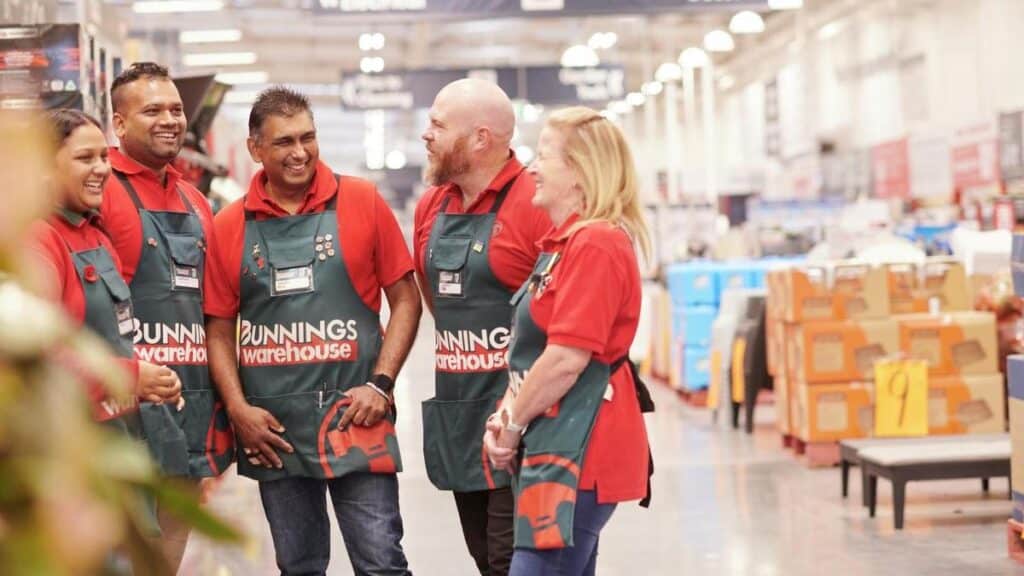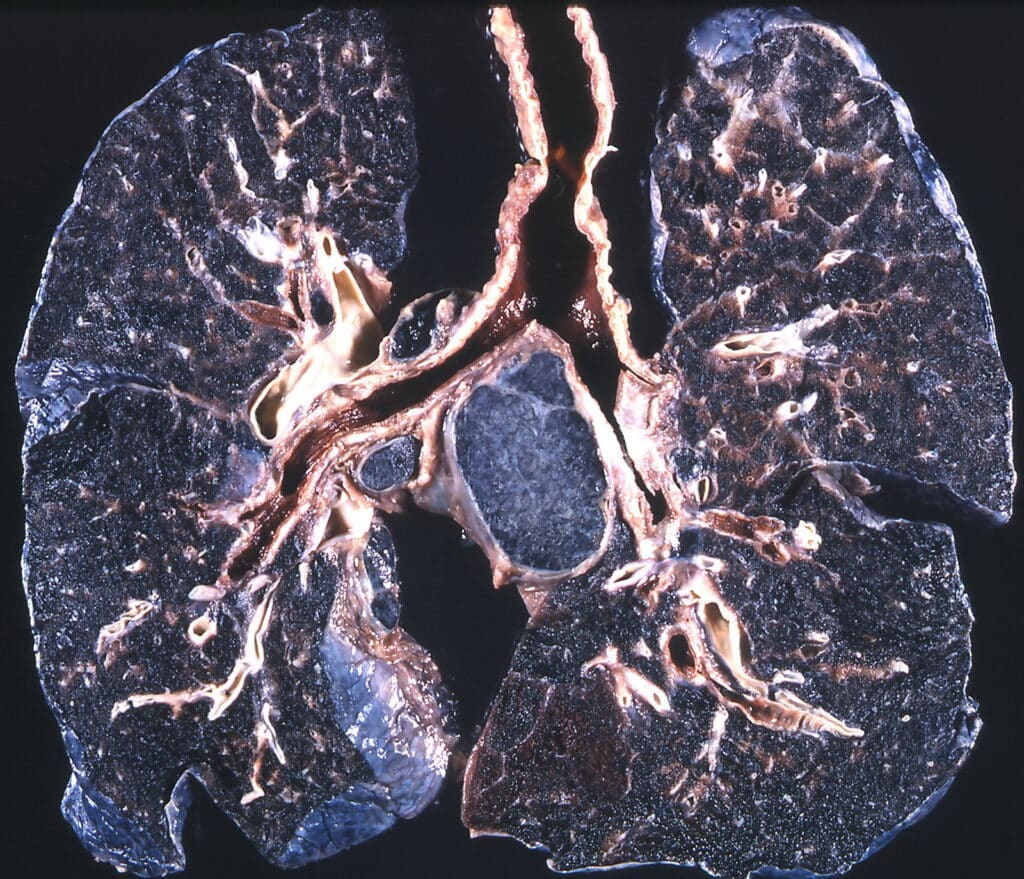Australia’s largest building and construction union will block engineered stone benchtops from being used on sites from mid-2024.
This morning, thousands of CFMEU members marched through Sydney’s streets after union leaders labelled engineered stone benchtops a “death sentence” for thousands of stonemasons.
It comes ahead of Australia’s Federal and State Work, Health and Safety meeting ministers tomorrow, where ministers will discuss the path to remove the product from the nation’s shelves.

The march follows nationwide protests outside Bunnings – Australia’s largest supplier of engineered benchtops over the weekend – with the hardware giant now committed to “monitor and follow advice from the regulatory authorities.”
On Tuesday, the Australian Council of Trade Unions reaffirmed its commitment to ban engineered stone if government bans are not in place by mid-next year.
According to Bunnings, “laminated and timber benchtops are the most popular in-store product.”
Still, according to a leading cabinet marker, as much as 60% of benchtops sold through independent hardware are made from engineered stone.
The product is traditionally bought in large slabs from overseas and sent to a fabricator, who cuts it to a template size and sends it to installers.
Thought to be the “new asbestos”, the Royal Australian College of GPs states those diagnosed with silicosis “lose an average of 11.6 years of life”.

According to ACTU Assistant Secretary Liam O’Brien, manufacturers and importers o have “known about the risk” but have failed to take necessary steps or warn and protect Australian workers.
“Even today, we continue to see dust-filled factories exposing workers to the risk of silicosis,” he told News Corp.
The ACTU’s proposed self-regulation in place of any government ban will mean union members will block engineered stone from being transported to or used on all building sites across Australia.
Over the weekend, Wood Central reported that Safe Work Australia was commissioned in February by Workplace Relations Minister Tony Burke and state and territory ministers to investigate the implications of a ban.
That led to a consensus by all State and Federal ministers to move towards a total ban on the product. Still, Minister Burke acknowledged that the process to change workplace health and safety laws “doesn’t move quickly”.
What are the alternatives to engineered stone?
Speaking to ABC Radio Sydney Breakfast in February, Michael Ferry – kitchen manufacturer and designer – said timber, laminate, bamboo and polisher concrete are viable alternatives to engineered stone.
According to Archipro, timber and even bamboo “is a classic choice for kitchen benchtops, as it gives natural warmth and character,” but it must be coated before us and have oil reapplied.
By contrast, laminate has some major advantages, and “among kitchen benchtop materials, laminate offers one of the widest ranges of colours and patterns.”
It is also quite resistant to staining and easy to keep clean but susceptible to scorching and scratching.
“As long as the user is vigilant when cutting or using hot pots/pans, this shouldn’t be a major issue.”
Laminate benchtops are made by squeezing the layer of toughened plastic, an ornamental paper sheet and a block of engineered wood like moisture-tolerant particleboard or medium-density fibreboard.






